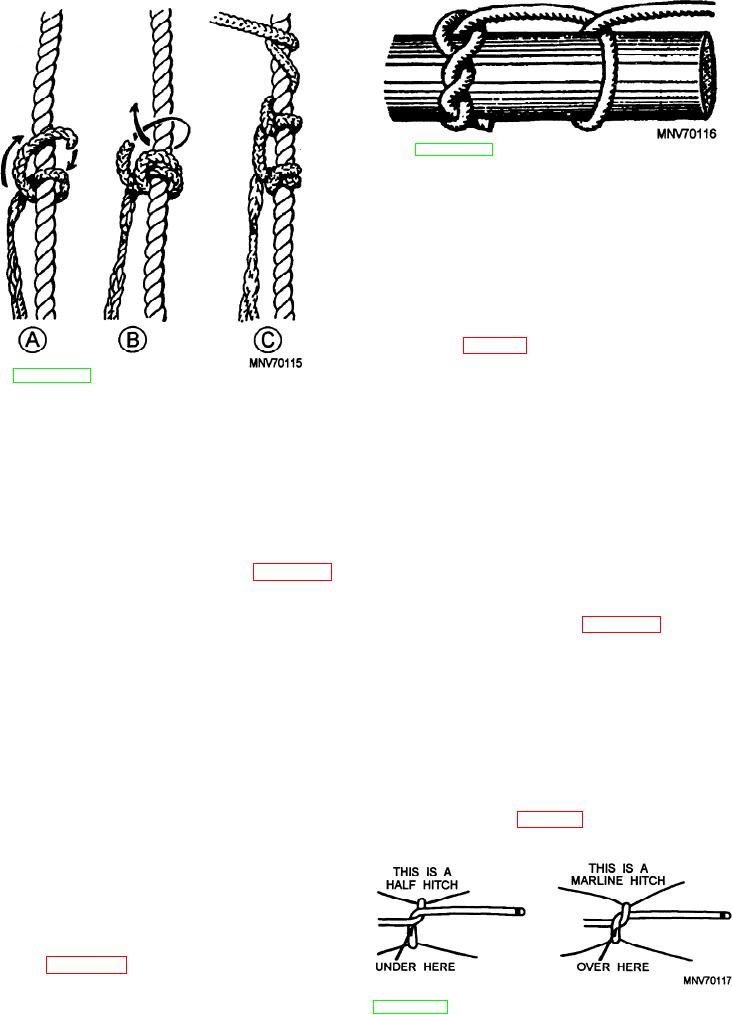
Figure 4-20.--Timber hitch and a half hitch.
Marline Hitch
Another hitch that requires no detailed explanation
is the marline hitch. (Just remember that the end of the
line goes over the standing part and under the round turn
so that it binds itself.) This hitch is used to secure on
furled sails and to frap awnings and doubled-up
mooring lines (fig. 4-21). When cinched up, it will hold
itself tight.
Figure 4-19.--Rolling hitch/passing a stopper.
Blackwall Hitch
The Blackwall hitch, single or double, is used to
passing a stopper on a boat fall or mooring line when
secure a rope to a hook. It can be made quickly and,
you are shifting the fall or line from the winch or capstan
when tied properly, is secure. Except when there is
to a cleat or bitt. It also may be used to secure a taut line
insufficient rope end remaining to make a bowline, it
back on itself. If properly tied, it will hold as long as
seldom is used.
there is a strain on the hitch.
To tie a Blackwall hitch, make an underhand loop,
To tie a rolling hitch, take a half hitch around the
slip it up over the hook, pull it tight around the back of
line with the stopper, as showninview A of figure 4-19.
the hook, then slide it down onto the hook. In tying the
pull tight and take another turn. This turn must cross
double Blackwall hitch, pass the strap around the hook
over the first (view A) and pass between the first turn
and eye in the whip, as shown in figure 4-22. Make sure
and the stopper (view B). This completes the rolling
the standing part binds the bitter end at the back of the
hitch itself, but it must be stopped off in one of several
hook and in the hook, as shown. Notice that the bight
ways.
stays around the eye in the whip and is not slid down
One way is to take two or more turns with the lay of
onto the hook.
the line and then marry the stopper to the line by hand or
Round Turn with Two Half Hitches
seize the stopper to the line with marline. Another way
is to tie a half hitch directly above the rolling hitch. A
The combination of a round turn with two half
third way is to tie a half hitch about a foot above the
hitches may be used in a ring, in a pad eye, or on a spar.
It is particularly useful on a spar because it grips tightly
rolling hitch (view C), then take a couple of turns
and holds its position (fig. 4-23).
against the lay, and marry or seize the stopper to the line.
Timber Hitch
The timber hitch is used on logs, spars, planks, or
other comparatively rough-surfaced material. It should
not be used on pipes or other metal.
Look at figure 4-20 to see how to tie a timber hitch.
Take one or more half hitches around the timber to cant
the timber if it must be hoisted through a small hatch or
Figure 4-21.--Difference between a marline hitch and a half
other small opening.
hitch.
4-18

